Who will break first in war of attrition – Israel or Hamas?
Israel’s strategic situation is looks promising – but the fight isn’t over yet.
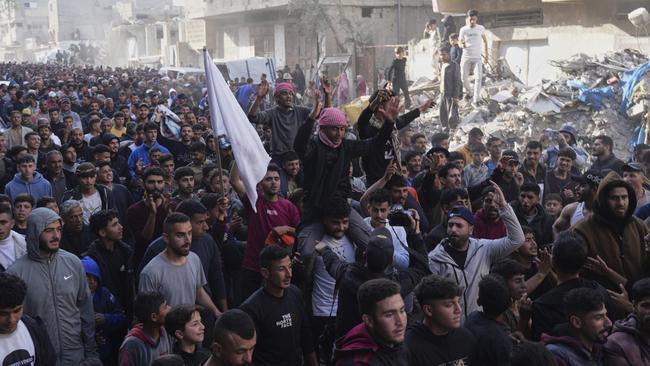
Almost 18 months into the war that was launched by Hamas on October 7, 2023, Israel’s internal cohesion and its people’s capacity for endurance are under considerable strain. At the same time, the weaknesses and limitations of the Islamist enemy also have been revealed.
This is not only, or mainly, a war between armies and armed organisations. Rather, it is a conflict between societies, systems and ideas. The key question is: which one will break first?
The arenas for Israel are Gaza itself and the broader regional struggle against Iran and its proxies triggered by the Hamas assault. Maintaining cohesion and unity on the home front, meanwhile, is proving an increasing challenge.
In a new development, the Hamas rulers of Gaza are experiencing problems in this area, too.
So what’s the balance of power on the key fronts and where may things be headed?
Gaza
A week into the resumption of Israeli operations in Gaza, plans are afoot for a renewed major ground offensive into the strip.
It is not yet clear if the telegraphing of these plans represents a real change in Israel’s conduct of its war in the beleaguered coastal area or whether they are intended as a tool of pressure to induce Hamas to agree to the release of more hostages.
An unpleasant fact rarely mentioned in the internal Israeli debate on Gaza is that Israel’s war aims from the very start have been beset by a basic contradiction. The Hamas rulers of Gaza identified the potential of this contradiction at the start of the war and hope to leverage it to ensure their own survival, and hence victory.
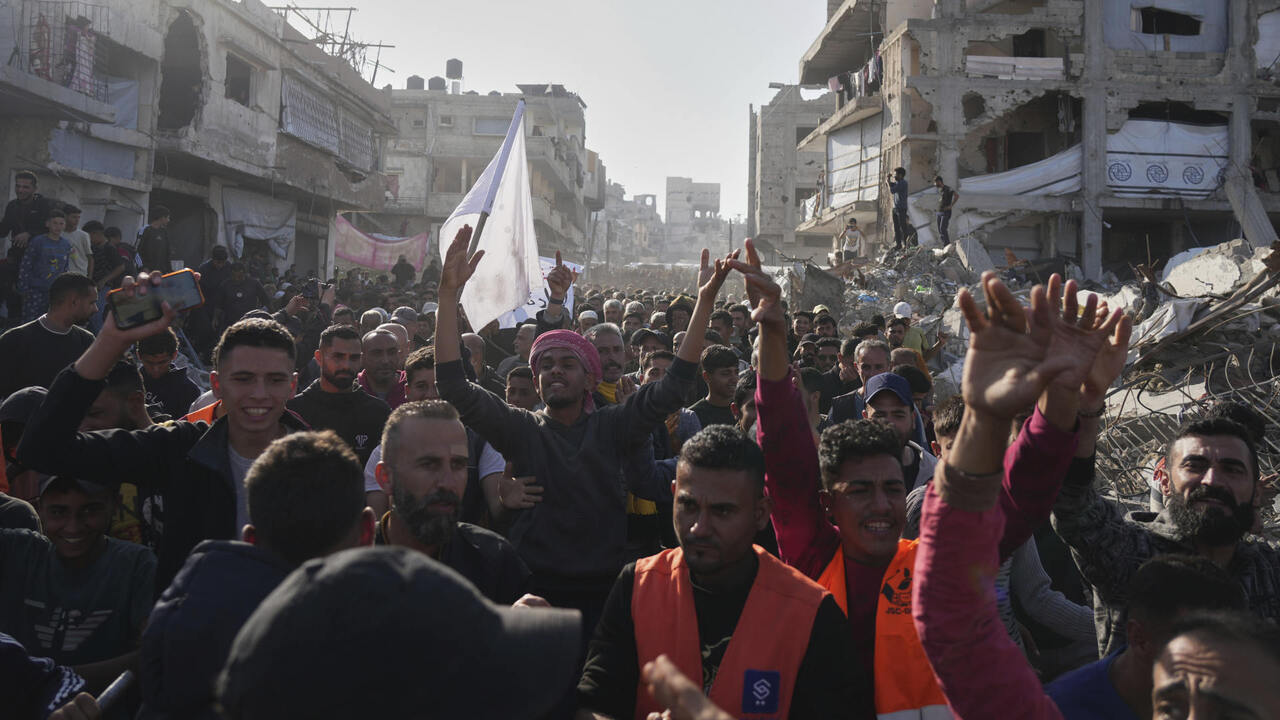
Israel’s official position is that it aims to free the hostages and to destroy Hamas’s governing and military capacities. It isn’t really possible to do both at the same time. Getting hostages back through purely military means has proven challenging for Israel; only eight people have been rescued this way.
The only other way to return them is to negotiate with their Hamas captors. But it isn’t possible to negotiate with any group of people while trying to destroy them as a military and political force. Or at least not in such a way that the negotiation or the destruction bears fruit.
During the past 17½ months the government of Israel has not been willing to give up either of these aims to seriously pursue the remaining one. The result is that it has achieved unsatisfactory results in both areas.
Many hostages remain. Hamas is still very plainly the controlling body in Gaza. Israeli military activity has punished Hamas extensively without destroying its mechanisms of governance.
The ceasefire deal brokered by the US and imposed on Israel in January solved this contradiction, in its second phase, by deciding in favour of the hostages. The second planned phase of the deal was for Israel to withdraw from the Gaza Strip and the sides to begin talks for a permanent ceasefire. The deal required Israel to abandon the aim of toppling Hamas rule in Gaza.
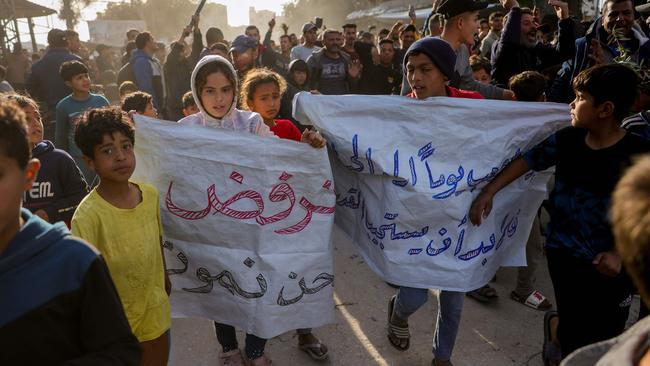
For many Israelis, in particular those on the centre-right of the political spectrum, the notion that the Islamist rulers of Gaza would be permitted to carry out the massacres of October 7, 2023, and remain in control of Gaza was inconceivable. For this reason, many assumed Israel’s commitment to the deal was half-hearted and Jerusalem would seek to gain the maximum number of hostage releases (in return for very large numbers of released Palestinian convicted terrorists) before returning to the war.
This appears to be what has taken place.
The question now is: Does the renewed military activity signal a new, determined effort to destroy the Hamas regime in Gaza? Given the government’s stated opposition to any return of the Palestinian Authority to the Gaza Strip, any such effort would require the Israel Defence Forces and Israel to take up the role of managing civil and humanitarian affairs in the area once the Hamas authority was destroyed. Presumably authority then would be handed on to some successor arrangement in the fullness of time. Some observers have discerned evidence of a greater IDF determination to achieve this goal now, rather than to continue with the raids, retreats and returns of the previous 17½ months.
In recent days Israel has targeted Hamas political figures such as Salah al-Bardawil, a senior member of the group’s political bureau, killed in Khan Younis last Sunday.
Do efforts to target political leaders presage a new desire to comprehensively dismantle Hamas rule? It remains to be seen.
Officials quoted by CNN this week suggested the renewed activity was “part of an Israeli effort to apply more pressure on Hamas at the negotiating table” and that “Israeli officials have previously indicated that Israel would stop its attacks if Hamas agrees to free more hostages”.
This would seem to suggest more of the same rather than a sharp break. We’ll know soon.
In a significant development, meanwhile, suggesting that increased military pressure on Hamas is producing results in an unpredicted way, Israel’s renewed military campaign and the incremental weakening of Hamas appear to have triggered major protests for the first time among the beleaguered Gazan population.
Beginning in Beit Lahia in the northern part of the Gaza Strip, and spreading as far as Khan Younis in the south, hundreds of Gaza residents have taken part in spontaneous protests demanding an end to the war.
In the past Hamas has proved adept at crushing internal dissent in a brutal and effective way. But the protests are important. They indicate a weakening of Hamas’s capacities for control and coercion.
The home front
The Jewish state itself is riven by increasing division. A large section of the public associated with the political opposition believes the war is being restarted by Benjamin Netanyahu for the sole purpose of ensuring his continued incumbency and preventing a reckoning of the failures that led to its outbreak.
The Prime Minister’s attempt to dismiss Ronen Bar, the head of Israel’s internal intelligence and security agency, the Shin Bet, has been the subject of an internal block by Attorney-General Gali Baharav-Miara.
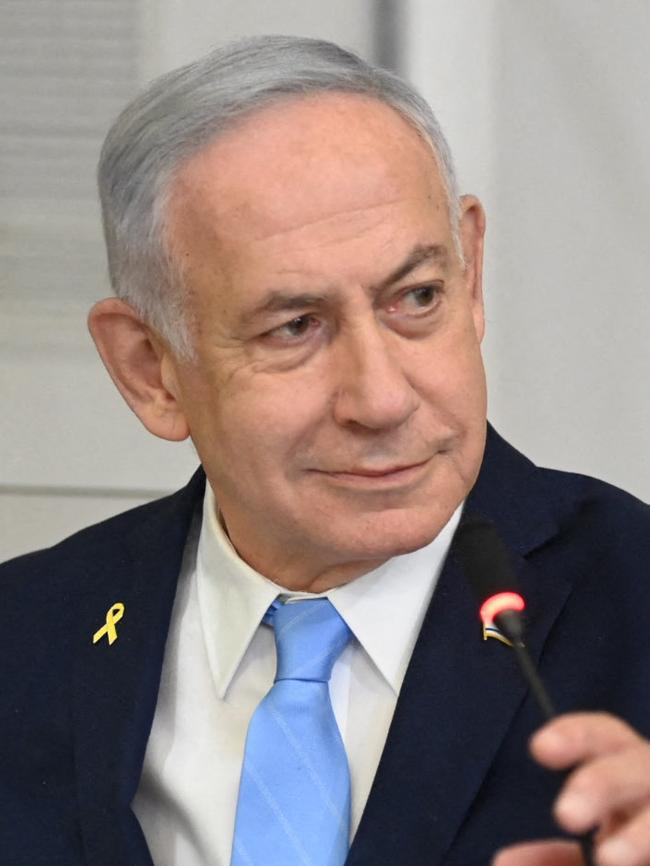
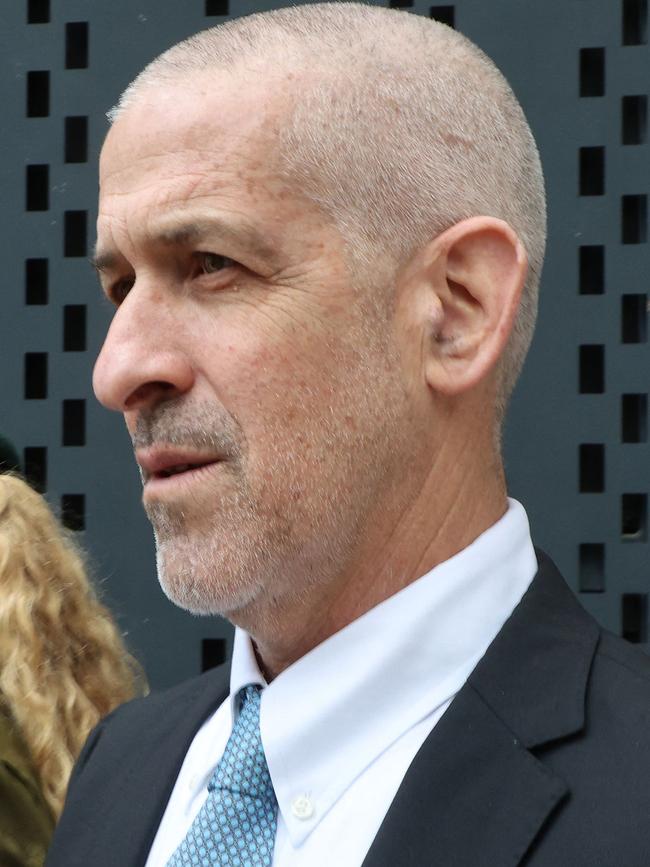
Large and stormy demonstrations are taking place in Tel Aviv and Jerusalem, demanding the rescinding of the decision to fire Bar, and of a subsequent decision to replace Baharav-Miara. Tens of thousands of Israelis have taken part in the protests, which have included efforts to block Tel Aviv’s Ayalon freeway and the Knesset, Israel’s parliament, in Jerusalem.
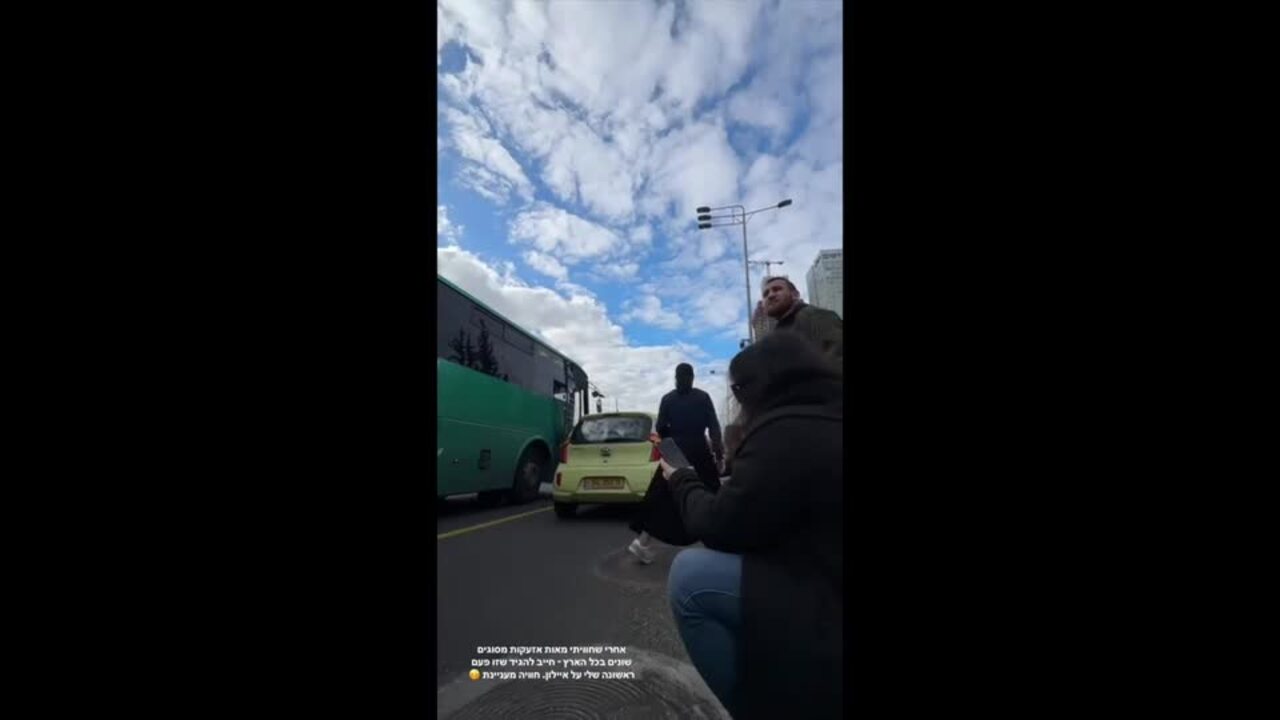
In the opinion of a significant part of the Israeli population, the government’s decision to return to the fight in Gaza does not derive from any authentic strategic considerations. Rather, they consider, the Prime Minister cynically wishes to avoid bringing the war to an end to avoid any political reckoning for his own part in the disaster of October 7, to stave off new elections and to preserve the unity of his coalition.
This public is concerned most urgently with the fate of the 25 remaining Israeli hostages held in Gaza and is prepared to conclude the war with Hamas still in power if this is the price for securing the hostages’ freedom. They and their leaders in Israel’s centre and centre-left parties view Netanyahu’s effort to replace senior security and judicial officials as part of a larger erosion of democracy.
This is not a public that has formed around the latest developments. Rather, Israeli public opinion today is dividing along essentially the same lines as those that caused such a profound split in Israel in the months immediately preceding the October 7 massacre.
In the summer of 2023, the mobilising issue was the Netanyahu government’s planned judicial reform. The massacres themselves and the outbreak of war led to a period of national unity and purpose.
But now the old profound divisions are returning. The military is overstretched, with many reservists in combat units having served more than a year under arms since the outbreak of the war.
Supporters of Netanyahu see opponents as deliberately engaging in fomenting internal division at a time of external threat because of their desire to destroy the Prime Minister. They note that the Shin Bet head and other officials serve under the authority of the prime minister and the cabinet in Israel, as in other democracies, and that the prime minister is therefore entitled to remove them if they deem it necessary.
They see the demonstrations as representing a cynical effort by the opposition to undermine national unity during an unfinished war that represents the greatest test of the Jewish state’s capacity for survival and resilience in decades.
As of now, the divisions and fatigue have not served to weaken the war effort. But there are considerable strains.
Regional dimension
On five occasions since the breakdown of the ceasefire the Iran-supported Yemeni Ansar Allah organisation, also known as the Houthis, has sought to launch ballistic missiles at Israel’s Ben-Gurion airport. Each time, the missiles have been intercepted, but not before sirens sent Israelis hurrying for their shelters.
Tel Aviv this week was quiet. Not a ghost town, but the streets were notably less bustling than usual. In Yemen itself, one in two children under the age of five is malnourished. Overall malnutrition rates of 33 per cent have been recorded by the UN in western parts of the country. The de facto rulers, evidently, can still find resources to launch ballistic missiles at Israel.
Israel, meanwhile, carried out airstrikes against Hezbollah targets in Lebanon, after Hezbollah fired rockets at communities in Israel’s north. These exchanges come as Jerusalem seeks to encourage displaced residents of northern towns and villages to return to their homes. Israel retains a presence in five locations in Lebanon, all of them adjoining potentially vulnerable border towns.
And in neighbouring Syria, Israeli forces this week came under fire and responded in the buffer area they have established in the former demilitarised zone following the December toppling of dictator Bashar al-Assad.
The past 18 months have shown the limits of Iran’s efforts to challenge Israel through the use of proxies. During the past year Iran brought its array of client militias and itself out into the daylight of open warfare against Israel. As a result, the Iranians’ deficiencies have been made plain. Only the Houthis remain in the fray, and as of now they appear incapable of penetrating Israel’s air defences.
But while the Iranians and their clients and proxies have been much weakened, they are not yet destroyed or irreversibly damaged.
War of attrition
It is a febrile time in Israel and the broader region, a time of uncertainty and tension of a type not seen in a generation. The external strife is no longer serving to unite the populations of either side.
In Israel, differing perspectives on the appropriate response to external challenges, particularly regarding the hostages, are overlaid on a mosaic of deeper internal divisions, exacerbating and widening pre-existing fissures.
In Gaza, and recently in Syria and Iran too, it has become apparent that the promises of “resistance” and jihad do not bring victory or dignity but only suffering and misery to the civilian population.
The demonstrations in Gaza are a direct result of Israel’s weakening of Hamas.
Iran has kept out of the fight since its mauling by Israeli air power in October 2024.
The collapse of the Assad regime makes possible Israel’s subsequent freedom of action against enemies in Syria, and the drastic weakening of Hezbollah in Lebanon, once seen as Israel’s most formidable non-state enemy, has drastically altered the balance of power to Israel’s north.
So Israel’s strategic situation is encouraging in many ways, but the fight is far from over. An exhausting, draining war of attrition is under way in which both sides must reach into their innermost resources to keep going. Who will break first? Much regarding the region’s future depends on the answer.
Jonathan Spyer is a Jerusalem-based journalist and analyst on Middle East affairs.


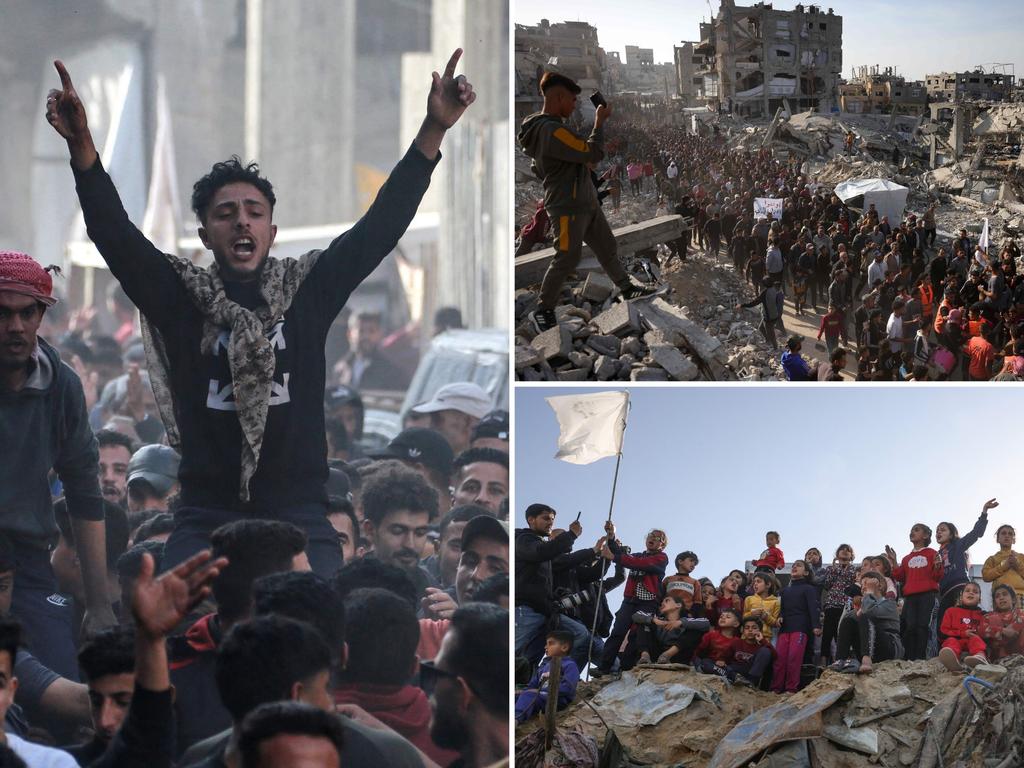

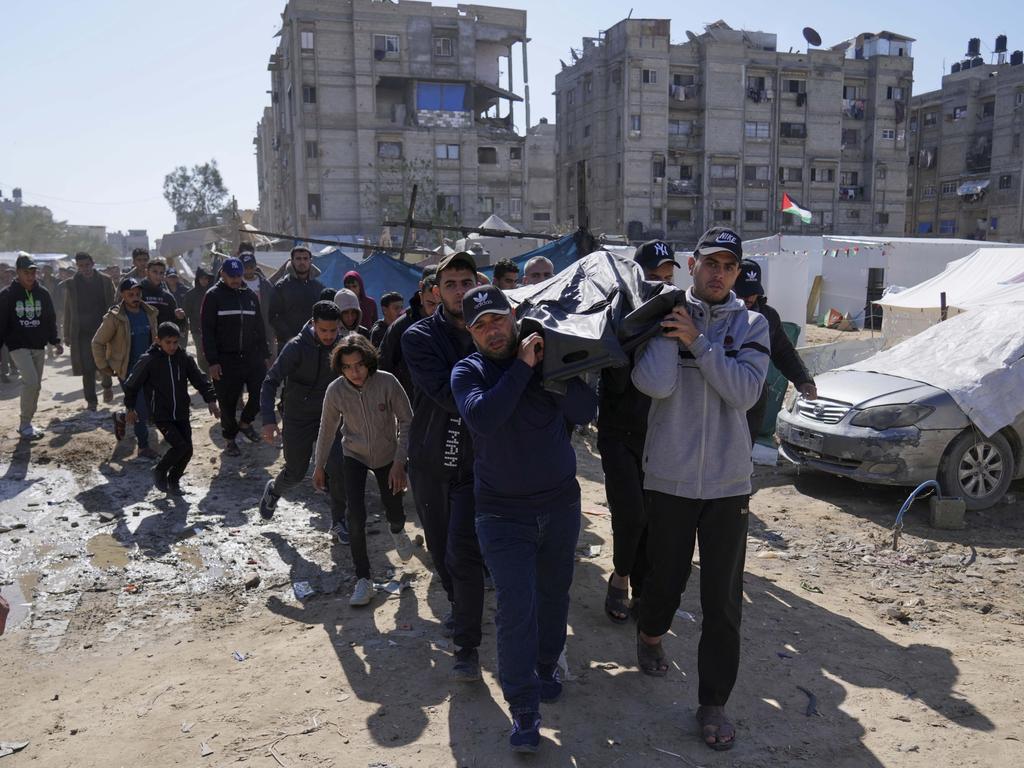


To join the conversation, please log in. Don't have an account? Register
Join the conversation, you are commenting as Logout